View all Standards for British Columbia (2018)
Receive, provide, and apply constructive feedback to refine dramatic works
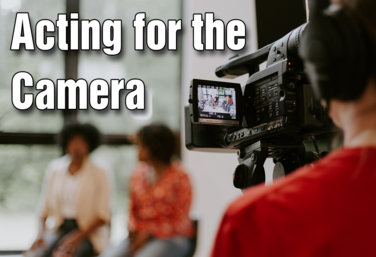
Acting for the Camera
by Ruthie Tutterow
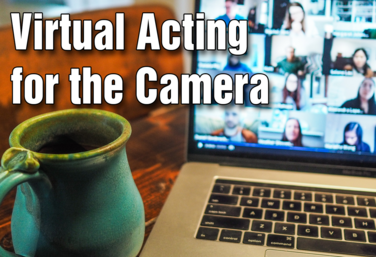
Virtual Acting for the Camera
by Ruthie Tutterow
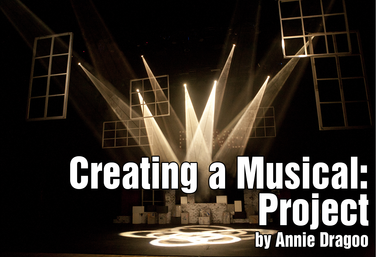
Creating a Musical: Project
by Annie Dragoo
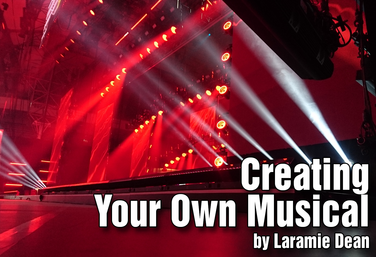
Creating Your Own Musical
by Laramie Dean

The Actor in Transition: From Presentational to Three-Dimensional
by John Minigan
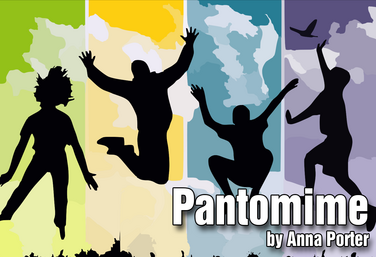
Pantomime
by Anna Porter
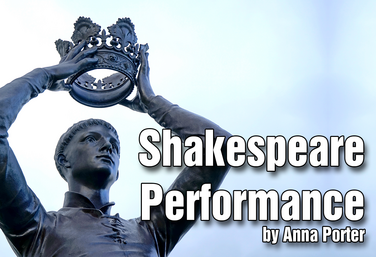
Shakespeare Performance
by Anna Porter
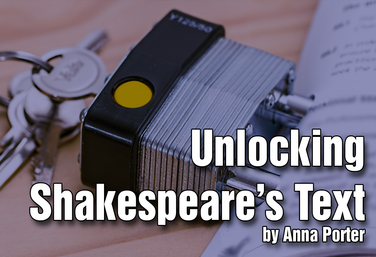
Unlocking Shakespeare's Text
by Anna Porter
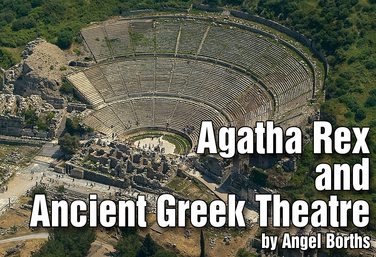
Agatha Rex and Ancient Greek Theatre
by Angel Borths
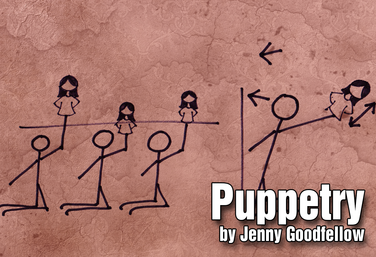
Puppetry
by Jenny Goodfellow
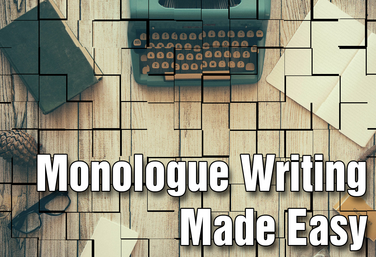
Monologue Writing Made Easy
by Matthew Banaszynski
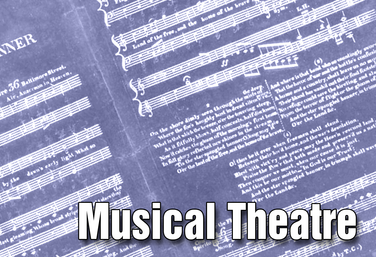
Musical Theatre
by Anna Porter

Pantomime
by Angel Borths
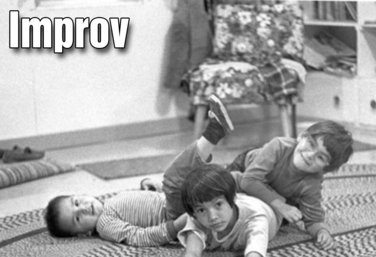
Improv
by Anna Porter
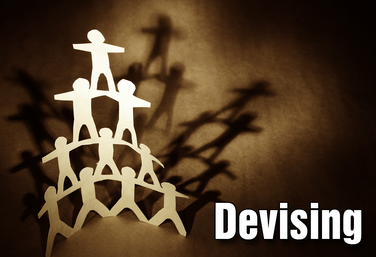
Part of the Drama Two Curriculum
Devising
by Corinna Rezzelle
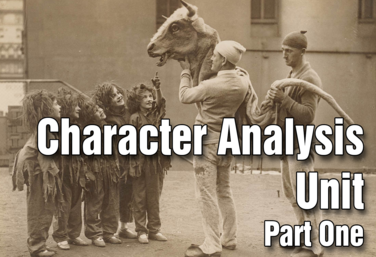
Part of the Drama Two Curriculum
Character Analysis - Part 1
by Matt Webster

Part of the Drama One Curriculum
Pantomime
by Karen Loftus

Part of the Drama One Curriculum
Voice
by Karen Loftus
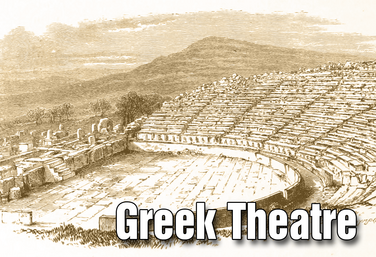
Part of the Drama One Curriculum
Ancient Greek Theatre
by Karen Loftus
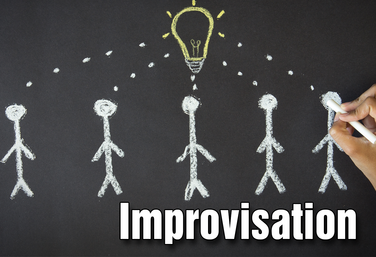
Part of the Drama One Curriculum
Improvisation
by Karen Loftus

Part of the Drama One Curriculum
Commedia Dell'Arte
by Karen Loftus
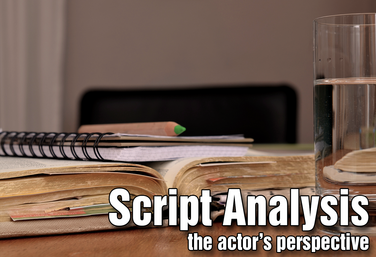
Part of the Drama One Curriculum
Script Analysis: The Actor's Perspective
by Karen Loftus
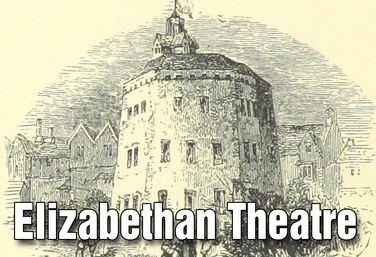
Part of the Drama One Curriculum
Elizabethan Theatre
by Karen Loftus
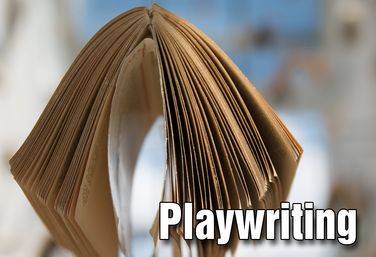
Part of the Drama One Curriculum
Playwriting
by Karen Loftus
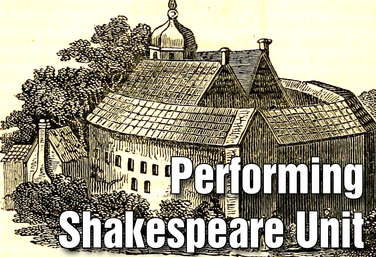
Part of the Drama Two Curriculum
Performing Shakespeare
by Matt Webster
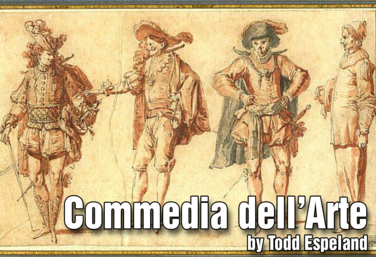
Commedia dell'Arte
by Todd Espeland
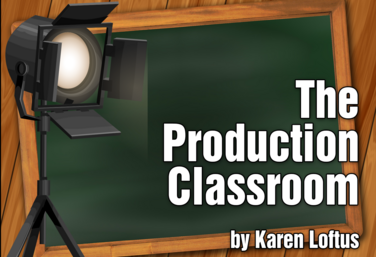
Part of the Production Classroom Units Curriculum
Part One - Pre-Production
by Karen Loftus

Part of the Production Classroom Units Curriculum
Part Two - Rehearsal and Performance
by Karen Loftus

Part of the Production Classroom Units Curriculum
Part Two - Documents
by Karen Loftus

Part of the Distance Learning Curriculum
Pantomime
by Lindsay Price and Karen Loftus

Part of the Distance Learning Curriculum
Voice
by Lindsay Price and Karen Loftus
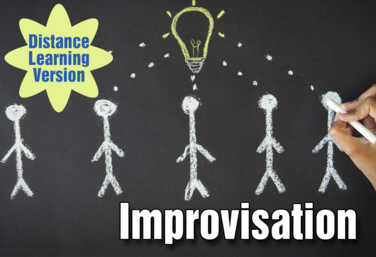
Part of the Distance Learning Curriculum
Improvisation
by Lindsay Price and Karen Loftus
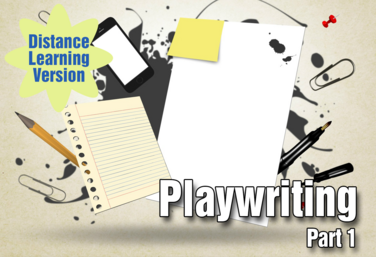
Part of the Distance Learning Curriculum
Playwriting: Part 1
by Lindsay Price
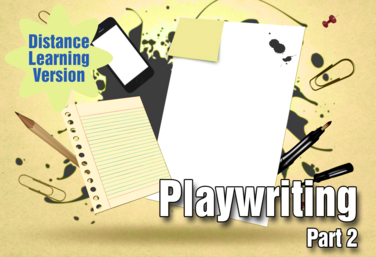
Part of the Distance Learning Curriculum
Playwriting: Part 2
by Lindsay Price

Part of the Production Classroom Units Curriculum
Part Three - Reflection and Assessment
by Karen Loftus
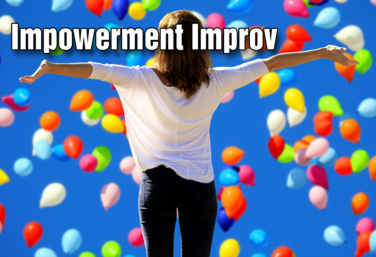
Impowerment Improv
by Jennine Profeta
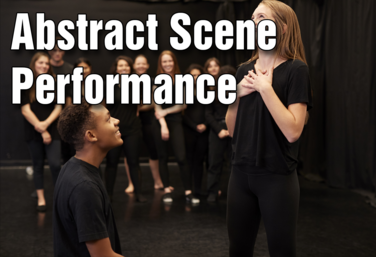
Abstract Scene Performance
by Annie Dragoo
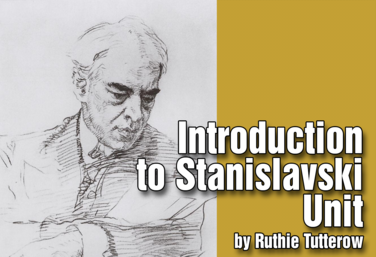
Introduction to Stanislavski
by Drama Teacher Academy
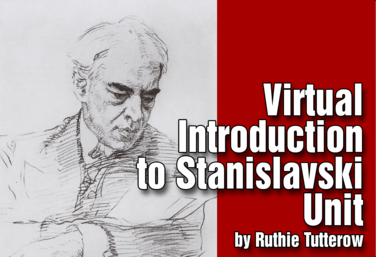
Virtual Introduction to Stanislavski
by Drama Teacher Academy
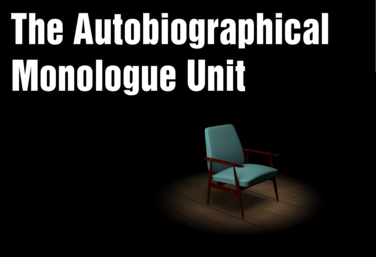
The Autobiographical Monologue
by Gai Jones
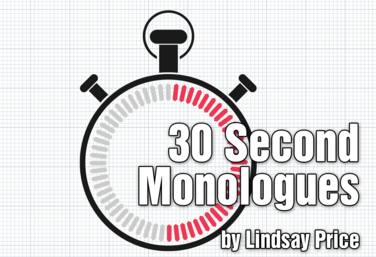
30 Second Monologues
by Lindsay Price
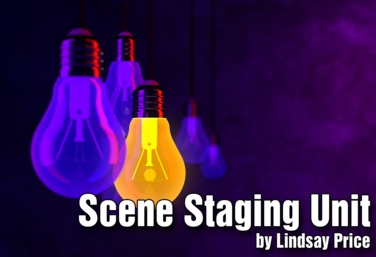
Scene Staging
by Lindsay Price
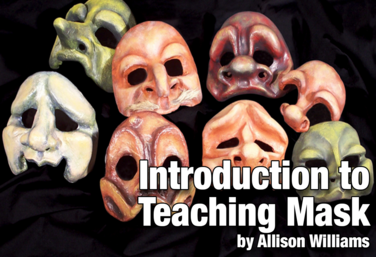
Introduction to Mask
by Allison Williams

Spoken Word Poetry
by Quincy Young
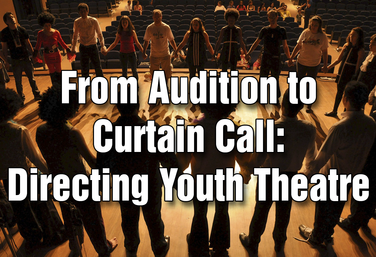
From Audition to Curtain Call: Directing Youth Theatre
by Steven Stack

Friendly Shakespeare
by Todd Espeland

The Top Ten Playwriting Exercises
by Lindsay Price
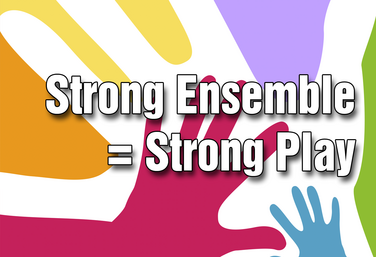
Strong Ensemble = Strong Play
by Craig Mason
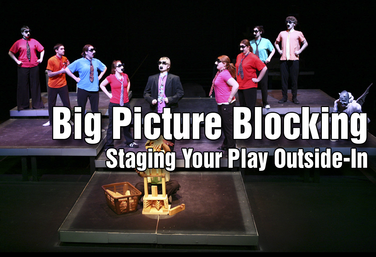
Big Picture Blocking: Staging Your Play Outside-In
by Todd Espeland

Working With Monologues For Rehearsal And Development
by Gai Jones

Laban: Advanced Characterization
by Todd Espeland
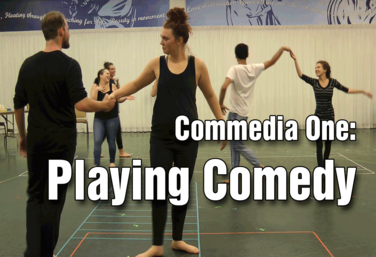
Commedia I: Playing Comedy
by Todd Espeland
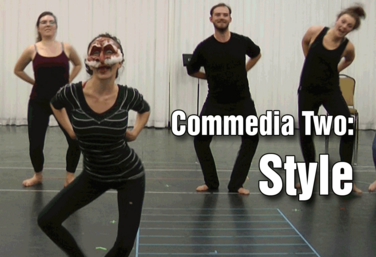
Commedia II: Style
by Todd Espeland
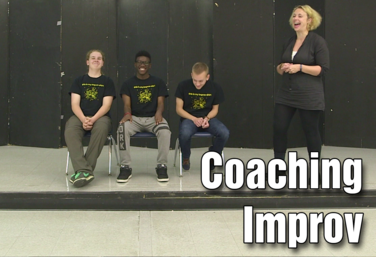
Coaching Improv
by Jennine Profeta
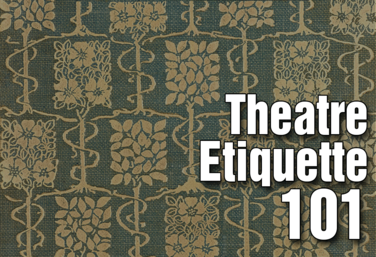
Theatre Etiquette 101
by Kerry Hishon

The Production Classroom
by Karen Loftus

21st Century Skills Through Devising
by Allison Williams
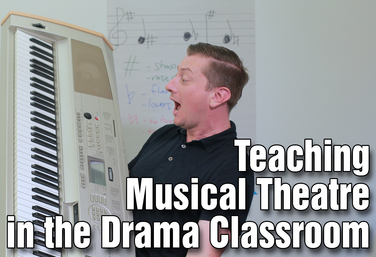
Teaching Musical Theatre in the Drama Classroom
by Colin Oliver
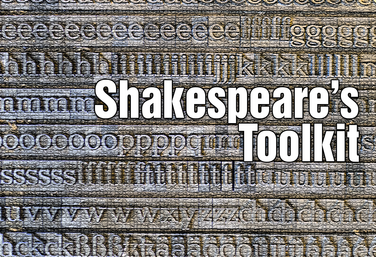.png)
Shakespeare's Toolkit
by Todd Espeland
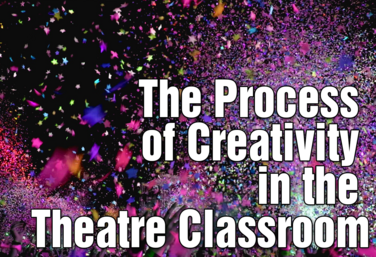
The Process of Creativity in the Theatre Classroom
by Gai Jones

Director's Toolbox 1: Teaching Students to Direct
by James Van Leishout
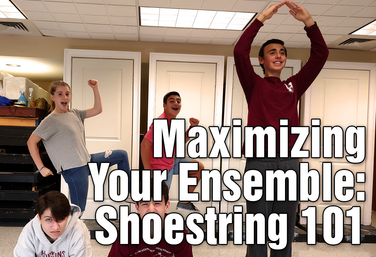
Maximizing Your Ensemble: Shoestring 101
by Michael Calderone

Director's Toolbox 2: Teaching Students to Direct
by James Van Leishout
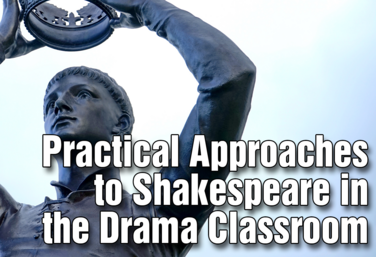
Practical Approaches to Shakespeare in the Drama Classroom
by Julie Hartley
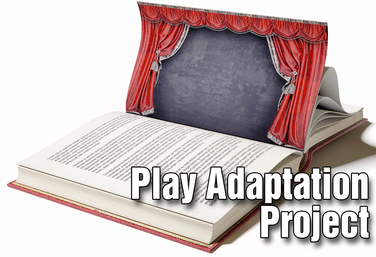
Play Adaptation Project
by Lindsay Price
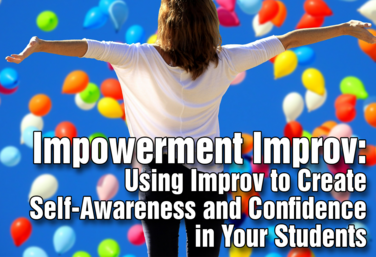
Impowerment Improv
by Jennine Profeta
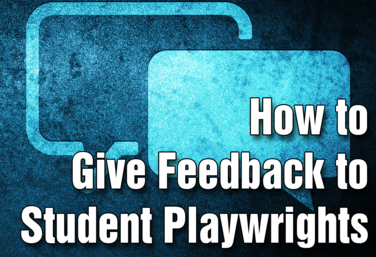
How to Give Feedback to Student Playwrights
by Nicholas Pappas
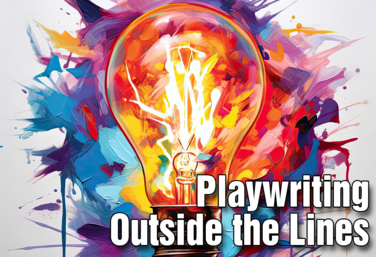
Playwriting Outside the Lines
by Steven Stack
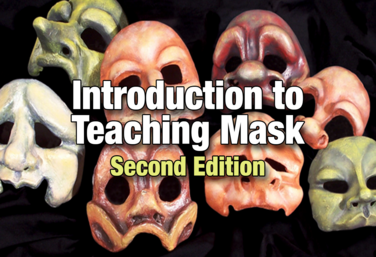
Introduction to Teaching Mask: 2nd Edition
by Allison Williams
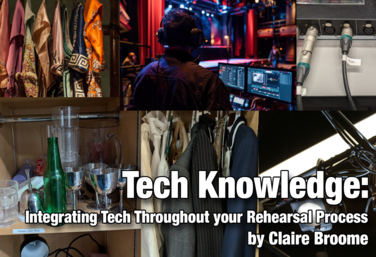
Tech Knowledge: Integrating Tech Throughout Your Rehearsal Process
by Claire Broome
View all Standards for British Columbia (2018) Standards Master List